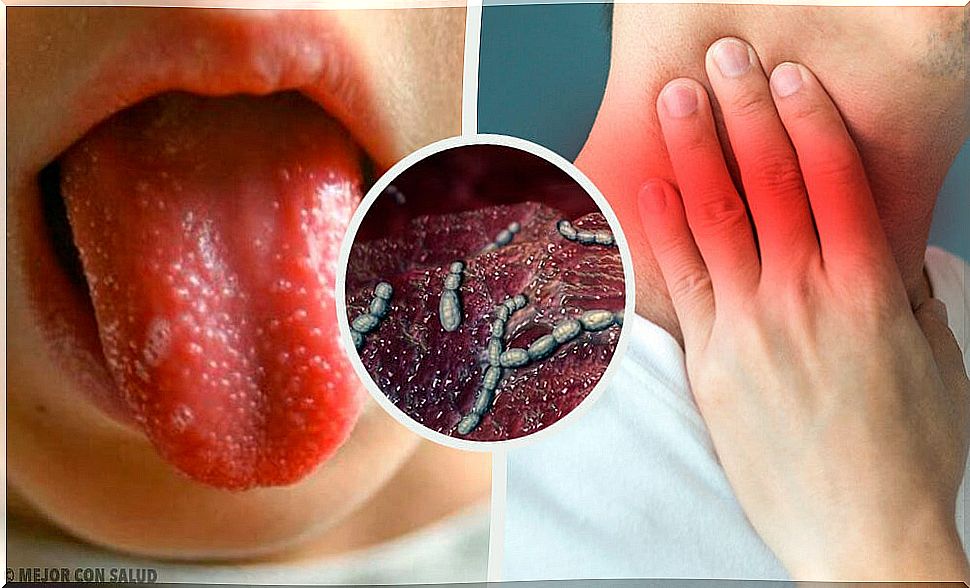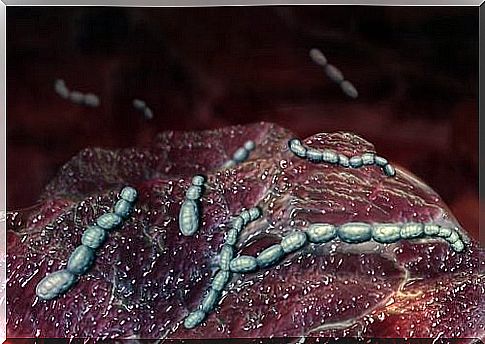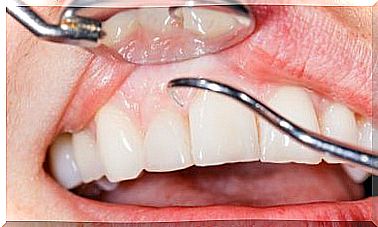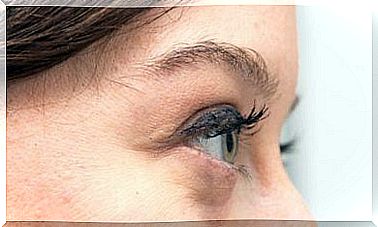About Scarlet Fever
Many people believe that scarlet fever is a disease from the past, but it is not. Cases still occur today

Scarlet fever, or scarlet fever, as the disease is also often known, mainly affects children between the ages of 5 and 12. However, anyone, even in adulthood, can become infected with it.
It is an infection caused by group A streptococcus bacteria. These are often found on the skin, in the nose, and in the throat. It is precisely these bacteria that trigger throat infections.
Scarlet fever is not bad in itself, but there is a chance that complications could arise. Therefore you should definitely consult a doctor quickly. Nowadays the disease is relatively easy to treat if it is detected in time.
Causes of disease

- Scarlet fever is contagious. The disease is usually transmitted when a child comes into contact with another infected child, mainly through droplets from the nose or throat. This happens, for example, when the person coughs or sneezes, but also when they speak and spray droplets of saliva.
- But you can also get infected if a child eats from the same dishes as one who is infected with group A streptococcus bacteria. Scarlet fever can also be transmitted when one comes into contact with wounds that can occur as a result of the disease.
Since the disease is common in children, they mostly get infected at school. When it comes to hygiene, children are often not particularly conscientious and it is not all that rare that they eat from the same plate or bite off the same food and become infected as a result.
Symptoms of Scarlet Fever

The incubation period is very short. In general, the first signs appear after 1 or 2 days. The first thing you notice is a high fever or a sore throat.
The bacteria then release a poison. This causes a rash to spread on the skin. This is reddish and initially appears on the neck and chest. After that, it spreads all over the body within a week. The rash is red and has a texture similar to sandpaper.
In addition to the rash, there is also redness in the folds of the skin, such as the armpits, elbows, the groin, etc. The tongue becomes even redder and inflamed, a white coating forms. Chills, abdominal pain, nausea and vomiting, muscle pain and general malaise are also common.
Patients with scarlet fever have difficulty eating because of the tongue and throat. For this reason, they should eat soft or liquid foods. In addition, you should go out into the fresh air with the sick child.
Diagnosis and prognosis

Scarlet fever is diagnosed with the help of a physical exam, which almost always includes a strep test. This can be used to determine which bacteria the throat is infected with and whether it is scarlet fever. To do this, the doctor will take a throat swab or, in some cases, a blood test.
With the right treatment, the disease can be cured quickly. It may take two or three weeks for symptoms to go away completely.
Usually when the rash goes away, the skin will flake. The tips of the fingers and toes as well as the groin are particularly affected. This process can take a few weeks.
While not common, scarlet fever can also present long-term health problems. Some of these can be very bad. These include the following:
- Rheumatic fever
- Kidney disease, especially glomerulonephritis, a form of kidney infection
- Otitis media
- Skin infections
- Abscesses in the throat in the form of pus vesicles
- Arthritis
- lung infection
- Liver damage
- Inflammation of the ganglia
- Maxillary sinus suppuration
It is important that scarlet fever is treated properly to avoid these complications. The disease is usually treated with antibiotics, which usually work quickly.









